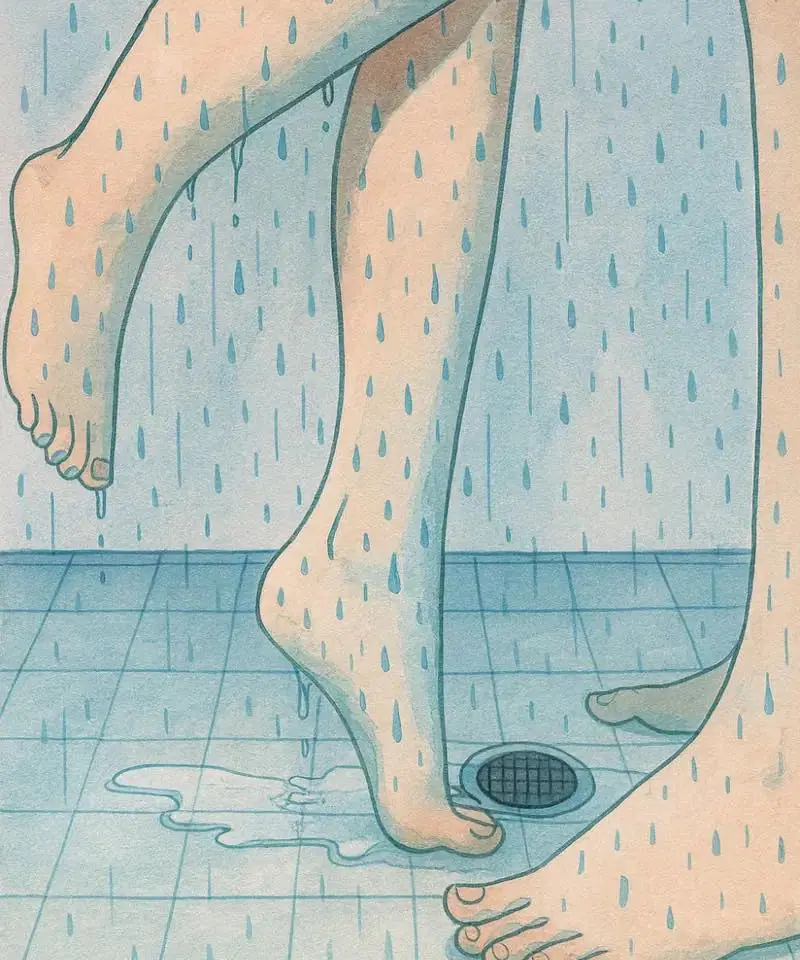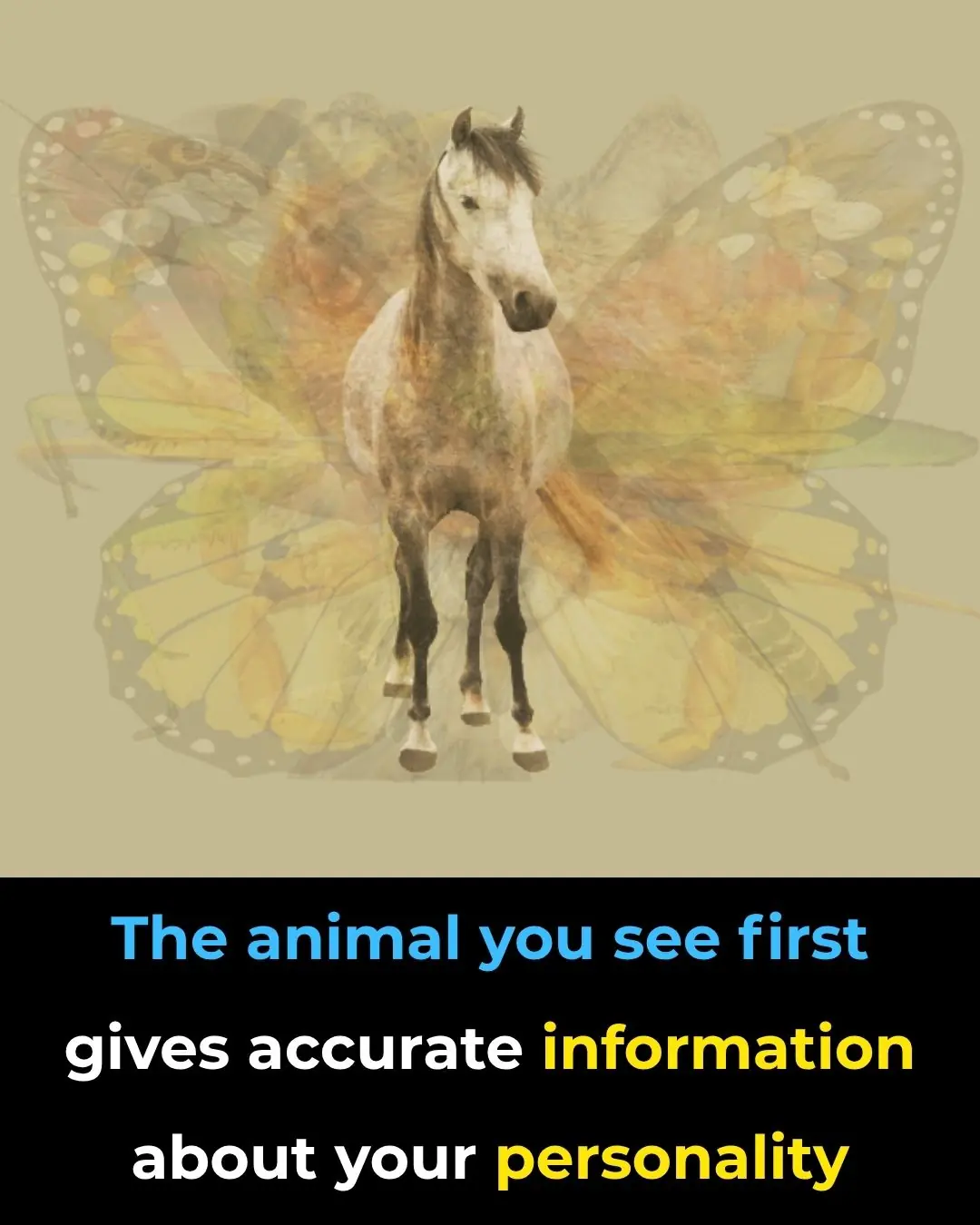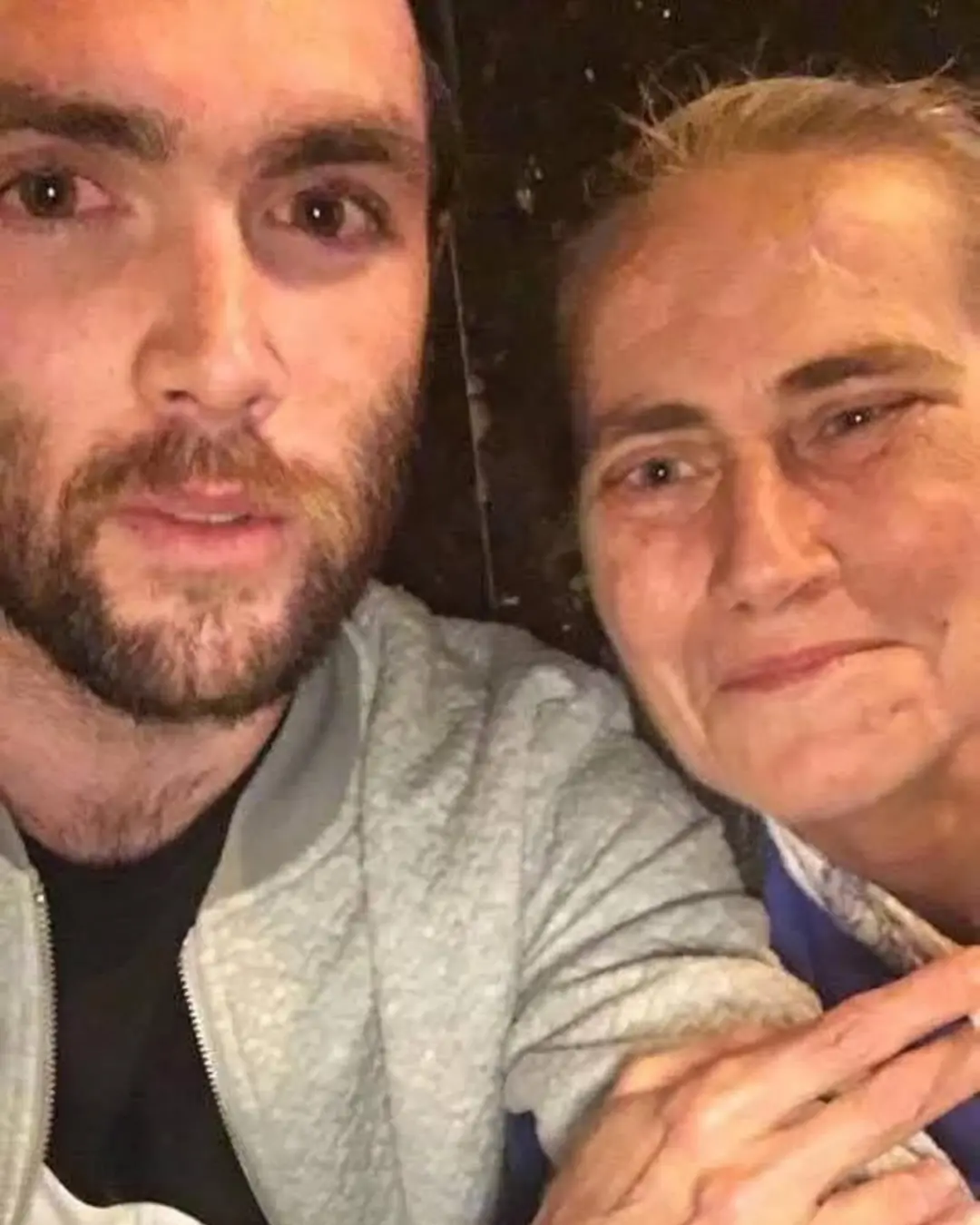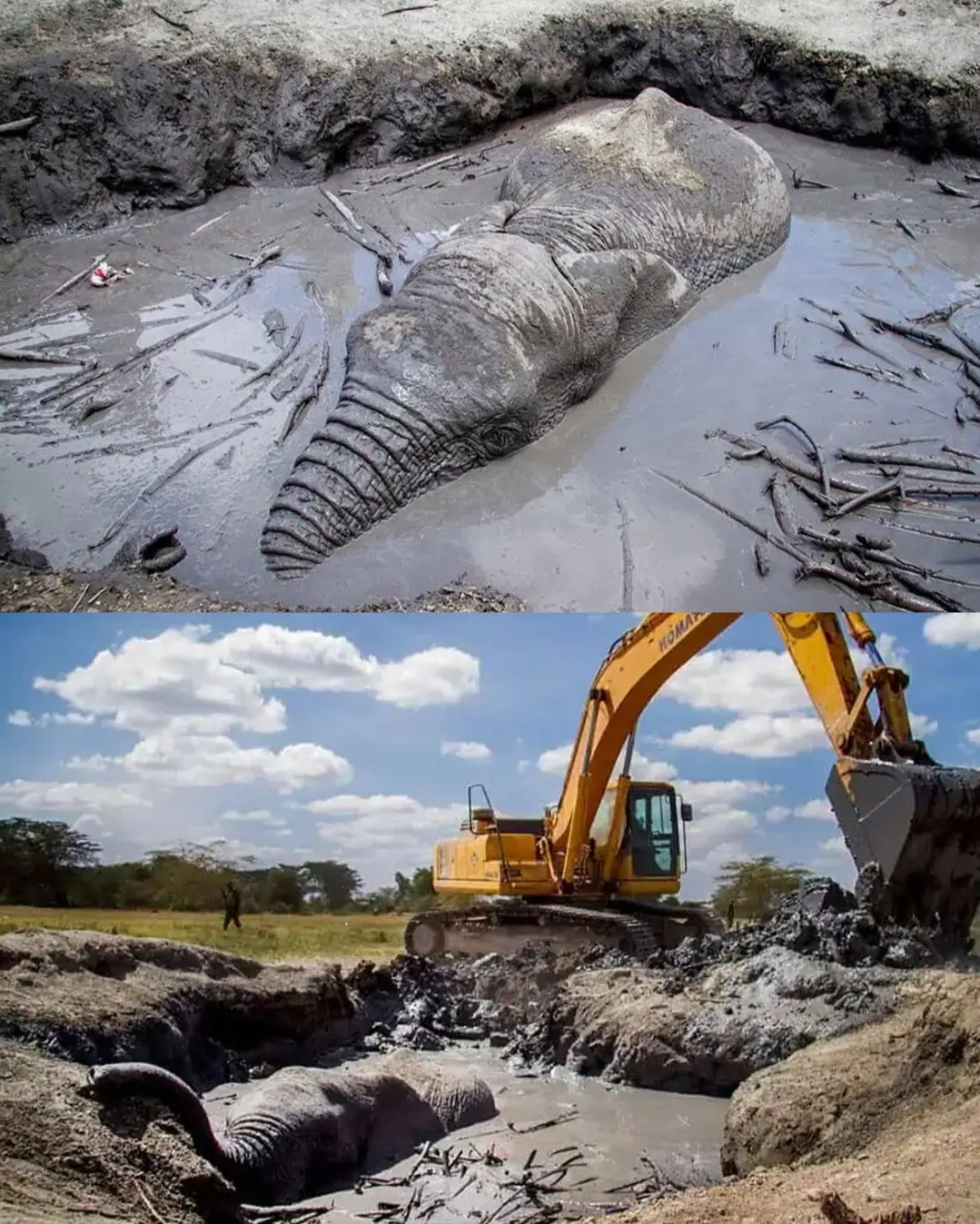
The Astonishing Claim That Humans Might Be Built for 20,000 Years

Could Humans One Day Live for 20,000 Years? The Science Behind an Astonishing Idea
The notion that humans might one day live for thousands—perhaps even tens of thousands—of years sounds like the plot of a futuristic novel. Yet a small but growing number of scientists are beginning to explore it as a genuine, if highly speculative, question.
Recent advances in molecular biology, genetics, and regenerative medicine have revolutionized our understanding of how and why we age. These discoveries raise profound questions about whether the biological limits of human life could one day be stretched far beyond what we once imagined possible.
Some researchers now speculate that, under a set of idealized biological conditions—if we could completely eliminate cellular aging, prevent all major diseases, and avoid fatal accidents—humans could theoretically survive for as long as 20,000 years.
While such a vision remains far outside the boundaries of modern science, it reflects a serious line of inquiry into what truly governs the human lifespan. Beneath the sensational numbers lies a deeper exploration of how our biology resists, adapts, and ultimately succumbs to time itself.
The Science of Lifespan: Where We Stand Today
Human longevity, for now, is still limited by biology. The longest confirmed human life belongs to Jeanne Calment, who died at 122 years old in 1997. Despite medical advances that allow us to treat once-fatal diseases and extend health well into old age, few scientists believe people can naturally live far beyond 120 without fundamental biological intervention.
As evolutionary biologist João Pedro de Magalhães explained in Scientific American, the main barrier to longevity is the gradual accumulation of cellular and molecular damage over time. Our cells constantly repair themselves, but those repairs are never perfect. Tiny genetic errors, damaged proteins, and oxidative stress add up—slowly degrading the systems that keep us alive.
Lifestyle choices—balanced nutrition, regular physical activity, and avoiding smoking—can slow this decline, but they cannot stop it altogether. What defines human lifespan today is not just how well we live, but how well our biology can cope with inevitable deterioration.
Still, researchers are now mapping these biological processes with extraordinary precision, uncovering potential levers that might one day allow us to extend not only lifespan but healthspan—the years we spend free of disease and disability.
The Origins of the “20,000-Year” Idea
The figure of 20,000 years first appeared in speculative discussions among longevity researchers and was later popularized by Scientific American. It was never meant as a literal prediction, but as a way to imagine the outermost edge of human possibility.
According to Magalhães, nothing in biology explicitly prevents extreme longevity. Theoretically, if every source of internal damage could be neutralized and repaired indefinitely, there might be no fixed upper limit to how long a human body could function. Death would then depend mostly on external threats—accidents, infections, or environmental hazards—rather than aging itself.
But achieving that would require solving a cascade of interconnected problems: DNA damage, protein misfolding, telomere shortening, mitochondrial failure, and the chronic inflammation that slowly wears down tissues over time. Aging, in this sense, is not a single process but an orchestra of decline playing across every system in the body.
The Biological and Technological Hurdles Ahead
To make humans live even a few centuries—let alone thousands of years—science would need to overcome nearly every known mechanism of aging. Among the greatest challenges are:
-
DNA damage: Errors accumulate with every cell division, eventually leading to mutations and disease.
-
Protein misfolding: Malformed proteins disrupt cellular function and are implicated in neurodegenerative disorders such as Alzheimer’s.
-
Cellular waste accumulation: Toxic byproducts, like lipofuscin, build up inside cells, impairing efficiency.
-
Cancer control: A longer life means more opportunities for malignant mutations to develop.
-
Telomere shortening: Chromosomal “caps” wear down with age, restricting cell renewal.
-
Chronic inflammation (“inflammaging”): Persistent immune activation accelerates tissue damage.
-
Mitochondrial decline: The gradual breakdown of the cell’s powerhouses weakens energy production and resilience.
Even if one aspect of aging were solved, others could still fail, creating new vulnerabilities in ways we can’t yet predict. Extending human life to 150 or 200 years might reveal entirely new biological limits we’ve never encountered.
Technology’s Expanding Role in Longevity Science
Despite these daunting hurdles, technology is steadily transforming how scientists approach aging.
Gene-editing tools like CRISPR now allow researchers to correct genetic defects before they trigger disease, addressing the root causes rather than the symptoms. Stem cell therapy offers the potential to regenerate damaged tissues, while AI-driven biological modeling helps scientists map complex cellular interactions that were once impossible to see.
Looking further ahead, nanotechnology may one day enable microscopic “repair crews” to patrol the body—removing cellular waste, fixing broken DNA, and even reinforcing fragile neurons. Such technologies, while still theoretical, blur the line between biology and engineering, suggesting that future humans might partly maintain themselves through continuous repair.
Still, these breakthroughs remain at the frontier of experimentation. The dream of adding millennia to human life remains speculative, though the pursuit itself is already yielding practical medical advances that benefit people today.
What Radical Longevity Could Mean for Society
Beyond biology, the idea of extreme longevity forces us to ask social and ethical questions. What would it mean to live not for decades, but for millennia? How would memory, identity, and human purpose evolve across such timescales?
Even without reaching 20,000 years, the science of longevity already influences modern medicine in powerful ways. Research into DNA repair, inflammation, and mitochondrial health is fueling new therapies for cancer, neurodegeneration, and heart disease.
The more realistic—and perhaps more urgent—goal is to extend healthy life, not just prolong existence. That means preventing chronic illness, supporting mental and cognitive well-being, and ensuring people can thrive physically and emotionally as they age.
In this light, the conversation shifts from the fantastical to the practical: how can we use longevity science today to help people live better, not merely longer?
The Deeper Meaning of the Longevity Quest
The idea that humans could live for 20,000 years sits at the crossroads of science, imagination, and philosophy. As João Pedro de Magalhães reminds us, biology does not outright forbid the idea—but it makes it extraordinarily difficult.
Modern medicine continues to push boundaries, from organ regeneration to synthetic biology, but a future where human lives span millennia remains far beyond our current reach.
Yet the pursuit itself holds value. It pushes us to rethink what life and aging mean, to confront questions of purpose, sustainability, and the human spirit. Perhaps the real lesson is not about escaping death, but about deepening life—using the science of longevity to enrich the years we already have.
After all, the measure of progress may not be how long we live, but how fully we inhabit the time given to us.
News in the same category


The reason behind children not visiting their parents

Powerball Winner Turns $2 Billion Fortune Toward Rebuilding Fire-Ravaged L.A. Homes

Signs Your Adult Child May Resent How You Raised Them

What’s the Reason Behind Painting Trees White?

When ants randomly crawl into the house, here's what the Universe is trying to tell you

6 things in the house that reveal a messy woman

What it means to let your gray hair grow and not dye it, according to psychology

Never throw away this part of the bananas: that's why it's worth its weight in gold in the house

What Mixing Vinegar, Salt, and Water Does?

The Surprising Purpose of the Metal Part Between Scissors’ Handles

Showering with Your Partner

How a $20 Million Dream Home Became a Monument to Nowhere

The Man Who Can ‘Prove’ Life Is a Simulation With Just a DMT Vape and a Laser

What You See First Reveals a Key Trait of Your Personality

iPhone owners in utter shock after user points out 'never seen before' design 'flaw'

5 Mistakes Women Unknowingly Make That Drive Men Away

The Tradition Behind Japanese Floor Sleeping

14 Items to Throw Away Right Now
News Post

What Your Lips Say About Your Health

Important News for Everyone Who Loves a Daytime Nap

The Night Edith Found Her Angels at a Waffle House

The Dog Who Healed Our Hearts: A Story of Rescue, Love, and Second Chances

A Night at McDonald’s That Changed a Life — And Mine

Beyond the Badge: A Police Officer’s Reflection on True Community Connection

Koda the Christmas Bandit: The Dog Who Unwrapped Every Gift Under the Tree

A Brother’s Gift: Caleb’s Courage for His Sister Libby

Two Brothers, One Battle: The Scotts’ Fight for Life and Hope

An Elephant’s Cry, A Human Answer.

The Farmer’s Slow Lane

The Gift of a Grandfather Without Bloodlines.

12 Powerful Natural Painkillers Found in Your Kitchen

11 Honey Remedies That Truly Work

4 Dangerous Mistakes When Using an Air Fryer That Can Lead to Poisoning, Cancer, and Even Fires

The Secret of Our Hand to Show RICH or POOR…

The Purpose of the Overflow Hole in Your Sink You Never Knew

Only 2% Know This Ancient Spice Can Clean Lung Mucus Overnight 💥

🌿 SENIORS: This 1 Leaf DESTROYS Diabetes & Melts Belly Fat (Doctors HATE It!) | Barbara O’Neill
